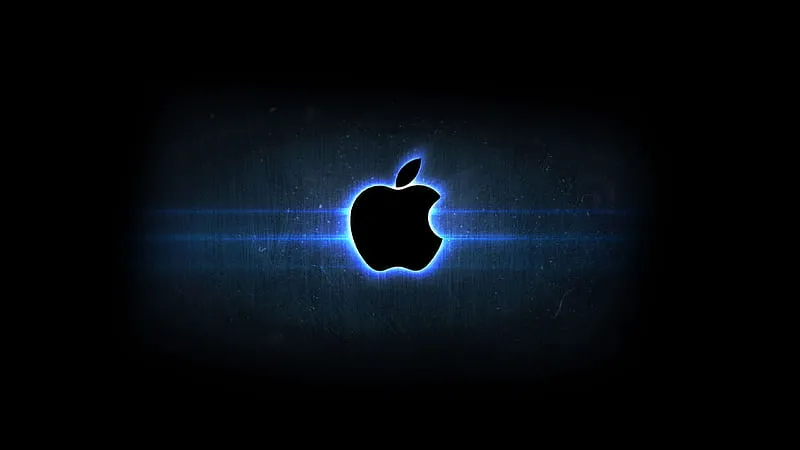Welcome to the world of macOS! If you’re a Mac enthusiast, you probably know that Apple periodically rolls out updates and new versions of its operating system to enhance user experience, security, and performance. Two of the latest iterations are macOS Sonoma and macOS Sequoia. Each comes with its own set of features and improvements. In this article, we'll dive deep into both operating systems, compare their differences, and address some common issues users might encounter with macOS Sequoia.

macOS Sonoma, introduced in 2023, brought a range of exciting features and enhancements. Here’s a snapshot of what Sonoma has to offer:
Following closely on the heels of Sonoma, macOS Sequoia was launched in 2024, building upon the strong foundation of its predecessor while introducing its own unique set of features.
While both operating systems share a lot of core features, there are significant differences that set them apart. Here’s a detailed comparison:
Despite the many advantages of macOS Sequoia, users might encounter some issues. Here are a few common problems and how to solve them:
Issue: Some users report difficulties during the installation process, such as the system freezing or error messages appearing.
Solution: Ensure that your Mac meets the system requirements for Sequoia. Try restarting your Mac in Safe Mode and attempt the installation again. If issues persist, consider reinstalling macOS from a bootable USB drive.
Issue: Faster battery drain after upgrading to Sequoia.
Solution: Check for apps that are consuming excessive power and update them if necessary. Utilize the battery optimization features in Sequoia and reduce screen brightness. You can also reset the SMC (System Management Controller) to resolve battery-related issues.
Issue: System performance is slower after the upgrade.
Solution: Clear out unnecessary files and applications that may be clogging your system. Use the built-in Disk Utility to repair disk permissions. If the lag persists, consider a clean install of macOS Sequoia.
Issue: Wi-Fi connection drops or is unstable.
Solution: Reset your network settings by going to System Preferences > Network, and then removing and re-adding your Wi-Fi network. Restart your router and update its firmware. Ensure your Mac’s software is up to date.
Issue: Some apps may not function correctly after upgrading.
Solution: Check for updates to the affected apps. If no updates are available, contact the app developer for support. In some cases, running the app in compatibility mode or using an alternative app might be necessary.
Issue: Bluetooth devices fail to connect or disconnect frequently.
Solution: Remove and re-pair your Bluetooth devices. Reset the Bluetooth module by holding Shift + Option and clicking on the Bluetooth icon in the menu bar, then selecting “Reset the Bluetooth module.”
Issue: Notifications are not displaying correctly or are delayed.
Solution: Check your notification settings in System Preferences > Notifications. Ensure that Do Not Disturb is not enabled. Restart your Mac and see if the issue resolves itself.
macOS Sonoma and macOS Sequoia both bring substantial improvements and new features to the table. While Sonoma set the stage with its performance enhancements and aesthetic upgrades, Sequoia pushes the boundaries further with AI-driven automation, better device compatibility, and advanced collaboration tools.
However, no system is without its quirks. By understanding the potential issues and their solutions, you can make the most of your macOS Sequoia experience. Whether you’re a casual user or a power user, these tips should help you navigate any challenges and enjoy a smooth, productive computing experience. Happy computing!